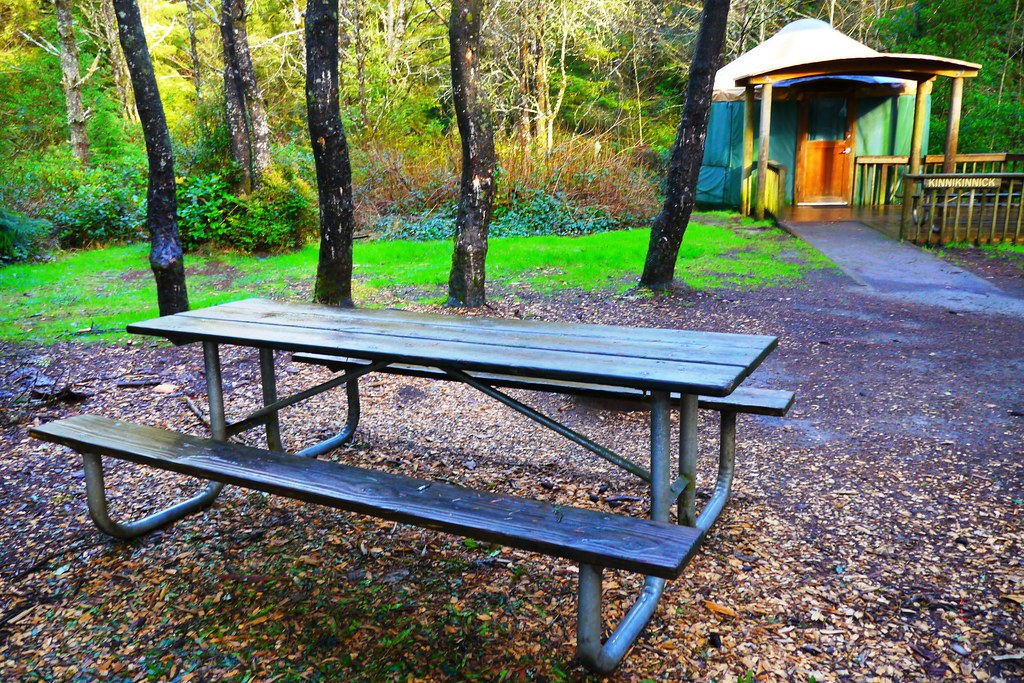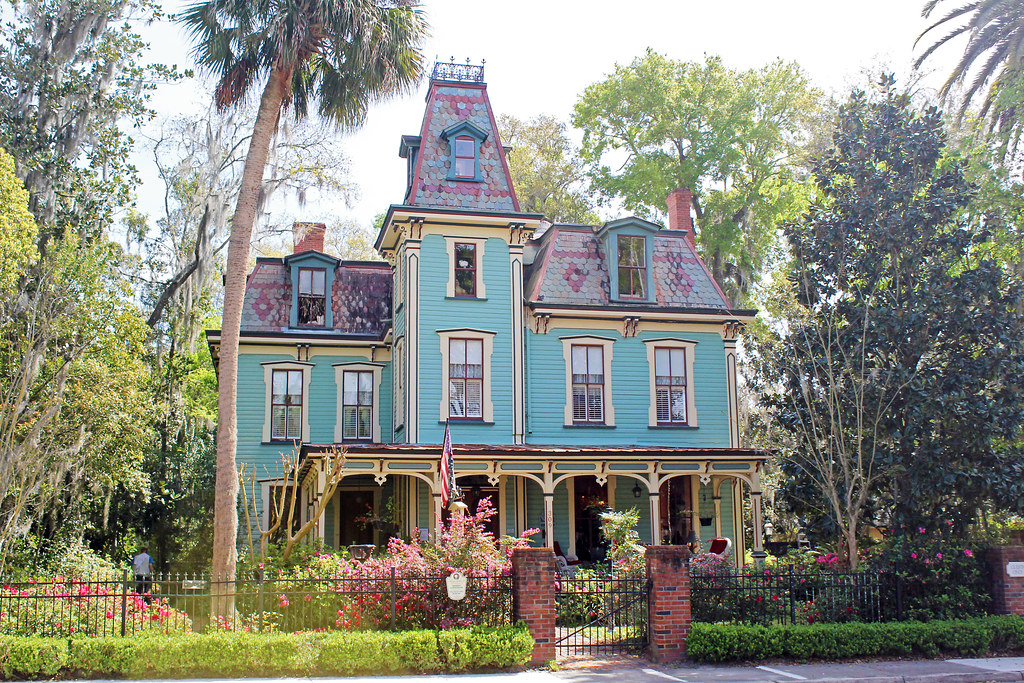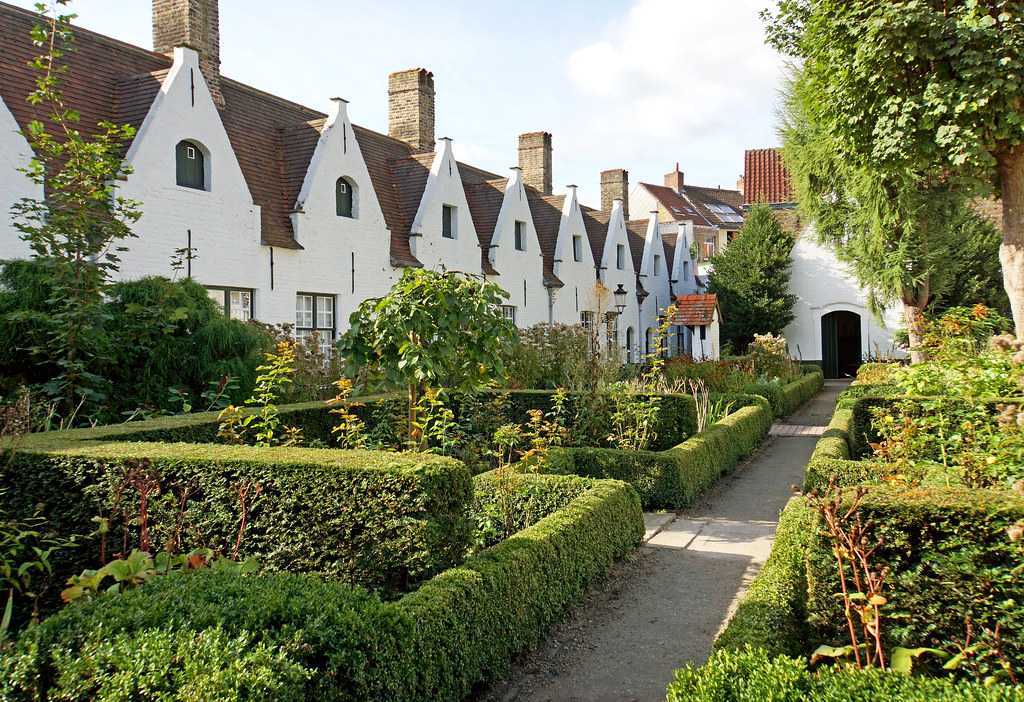Notes and Deeds of Trust are often assigned to different parties. The question posed is what happens if the Deed of Trust alone is assigned? A typical assignment of the Deed of Trust alone will purport to assign “all beneficial interest under that certain Deed of Trust dated xyz..” But the long-established law in California is clear: the beneficial interest under a Deed of Trust is held by the party who holds the Note (or is entitled to enforce it), without regard to the assignment of the Deed of Trust.
 We start with the U.S. Supreme Court decision in Carpenter v. Longan (83 US 271.) In that great 1872 style of legal writing, it states:
We start with the U.S. Supreme Court decision in Carpenter v. Longan (83 US 271.) In that great 1872 style of legal writing, it states:
“The note and mortgage are inseparable; the former as essential, the latter as an incident. An assignment of the note carries the mortgage with it, while an assignment of the latter alone is a nullity. That the debt is the principal thing and the mortgage an accessory. Equity puts the principal and accessory upon a footing of equality, and gives to the assignee of the evidence of the debt the same rights in regard to both.”











